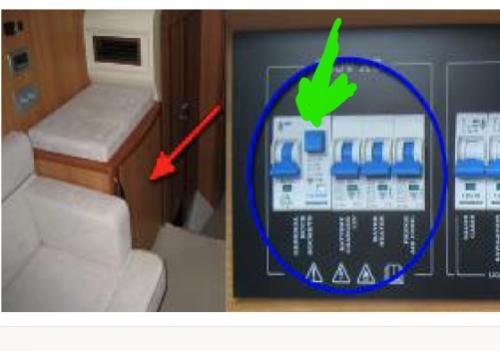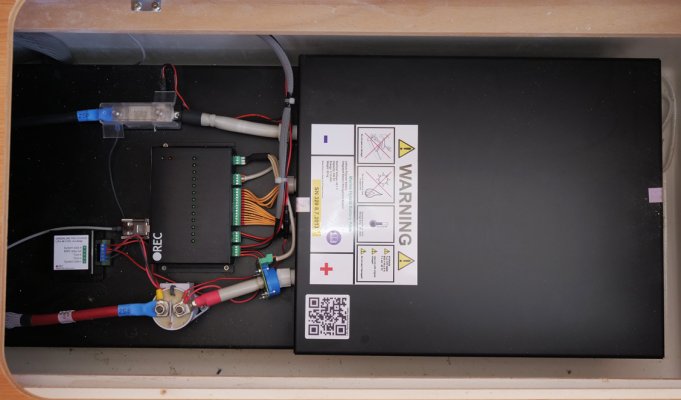PeterB40
Veteran Member
- Joined
- Mar 4, 2021
- Messages
- 54
- Vessel Name
- Swan Song
- Vessel Make
- Greenline 33 Hybrid '14
48V/5000W/70A/120VAC. Failed when AirCon running and dock AC inadvertently unplugged in prep. for leaving the dock. I switched the on/off several times - no lights except a brief flash of Inverter and Charging lights, then nothing. Re-plugged the dock 120V, but all AC circuits remained dead as it seems that there is no parallel 120V circuit outside the box.
All 48V fuses intact in the several connection boxes, and I removed the lower (connection) panel of the unit to verifiy that 48VDV was reaching it, but had the dock power unplugged for 120VAC safety in that confined space.
I'm hoping for some feedback about others' experiences with their unit - repair locally, factory service, etc. - and also about the advisability of removing the AC input and output cables from the unit and coupling them together for dockside AC service at least until the unit is sorted.
Thanks for any suggestions here,
Pete
All 48V fuses intact in the several connection boxes, and I removed the lower (connection) panel of the unit to verifiy that 48VDV was reaching it, but had the dock power unplugged for 120VAC safety in that confined space.
I'm hoping for some feedback about others' experiences with their unit - repair locally, factory service, etc. - and also about the advisability of removing the AC input and output cables from the unit and coupling them together for dockside AC service at least until the unit is sorted.
Thanks for any suggestions here,
Pete


